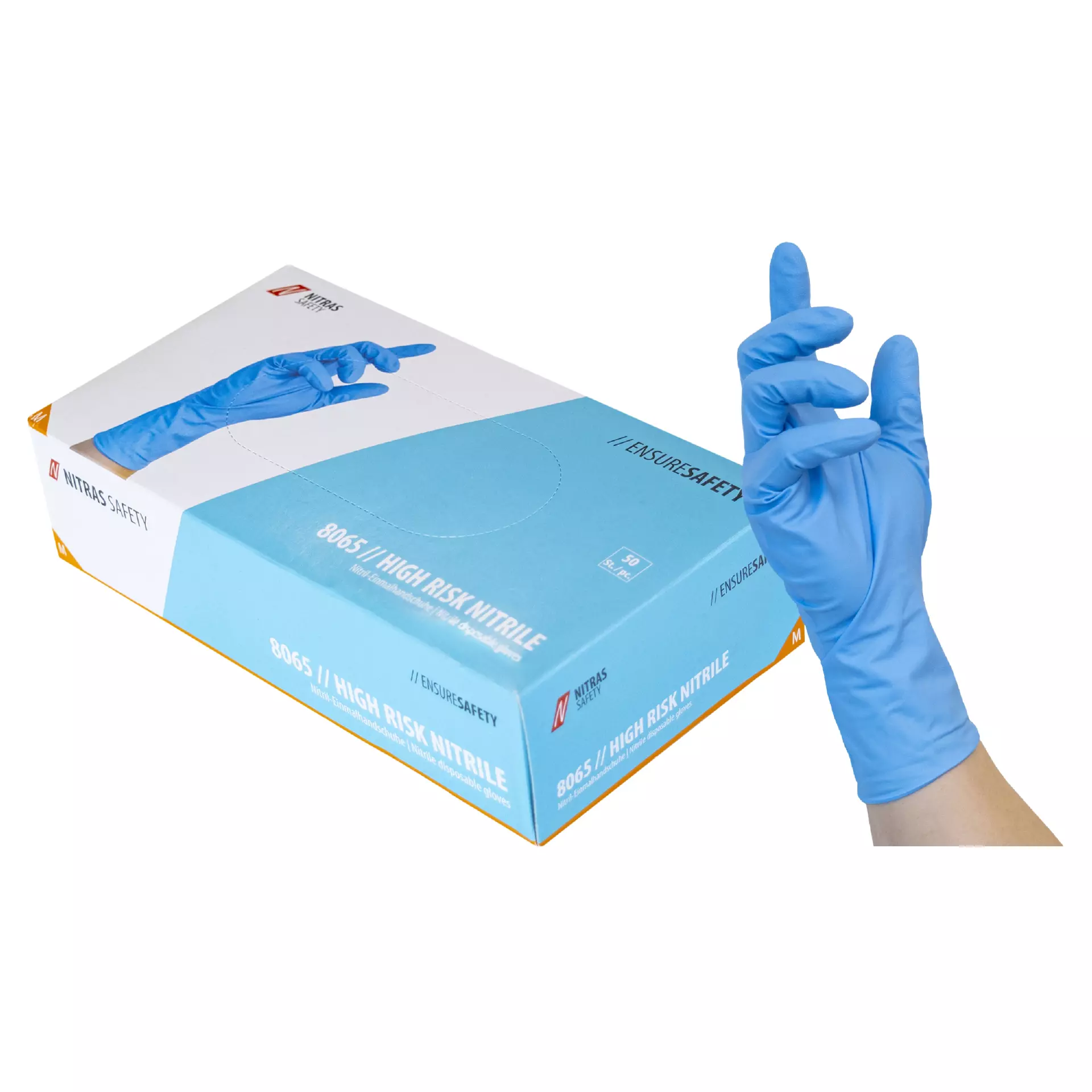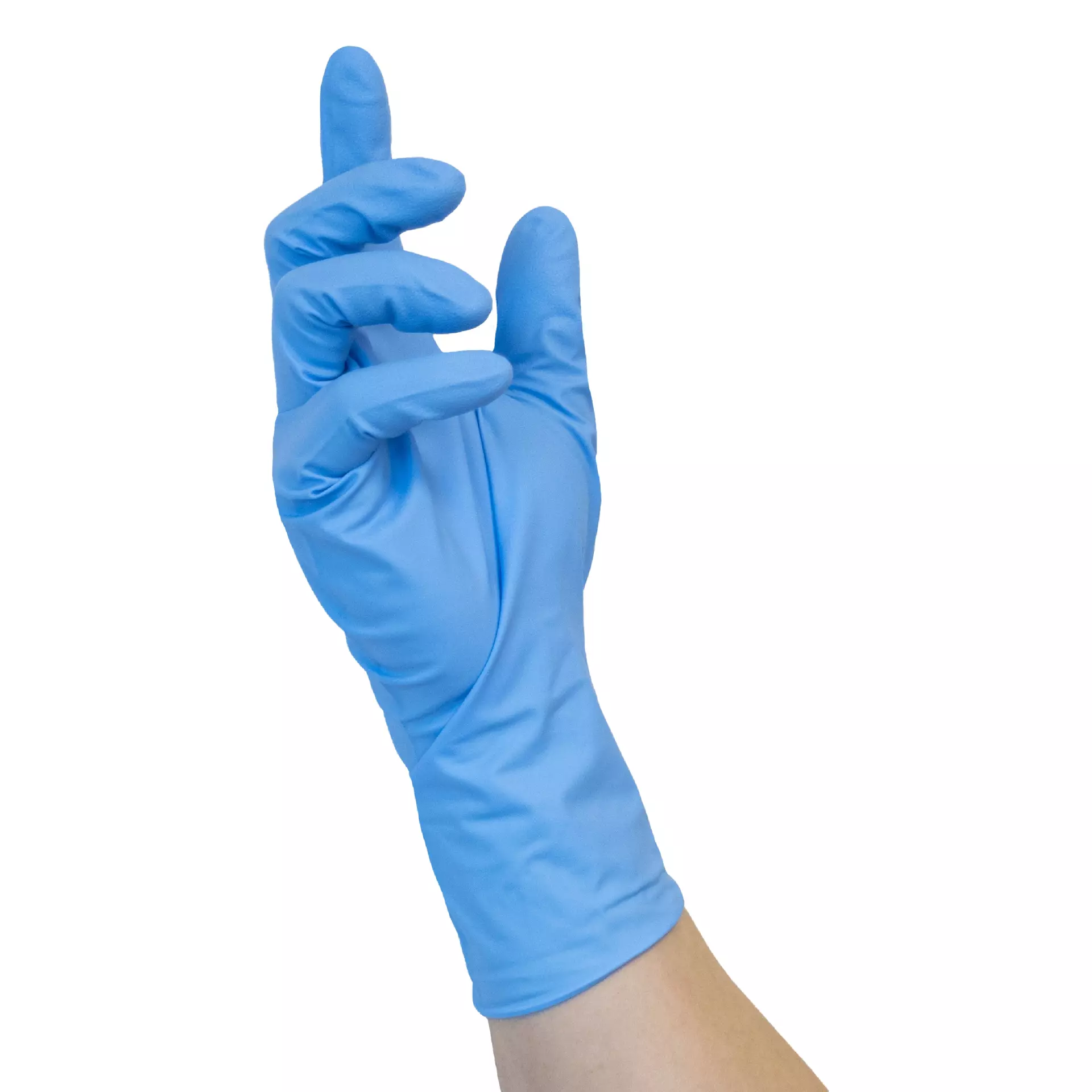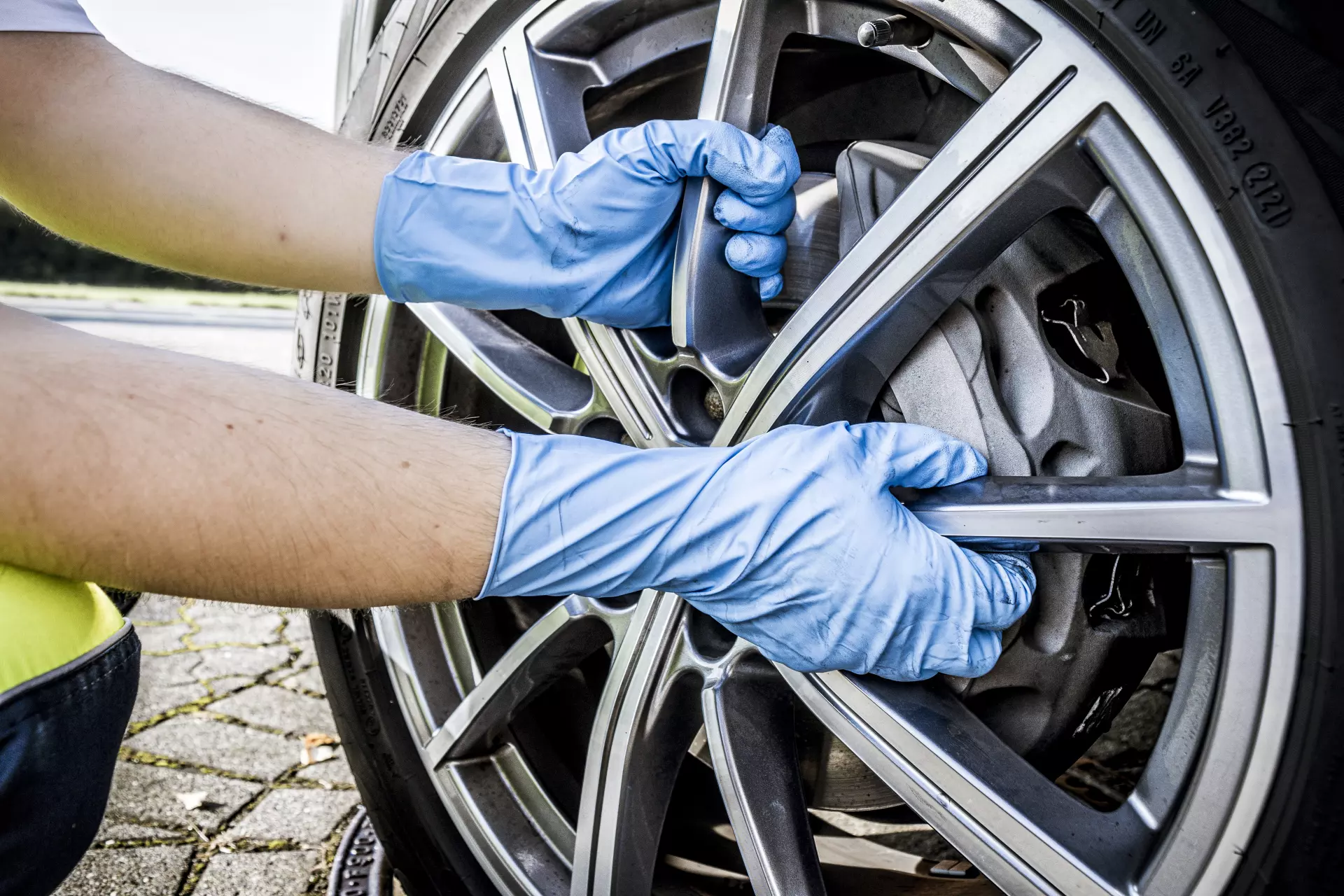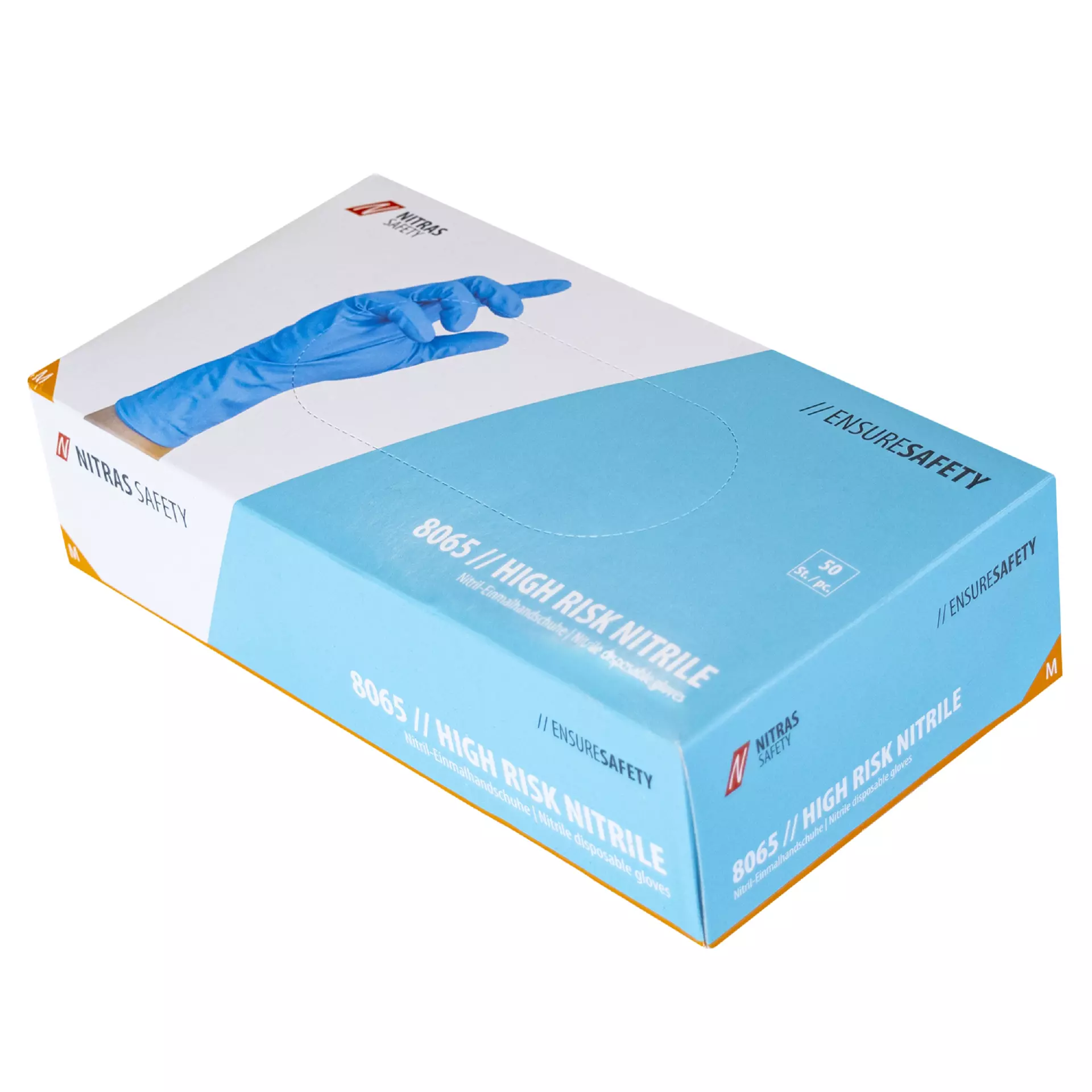


Features You'll Love

Finger Thickness · 0.28 mm
Measures the material thickness at the fingertips, affecting tactile sensitivity, dexterity, and protection level during use.
Nitras
HIGH RISK Disposable Nitrile Gloves, Blue, 10 x 50 pcs
Nitras
HIGH RISK Disposable Nitrile Gloves, Blue, 10 x 50 pcs
4.6 / 5
108,78 €
Price per 10 packages (500 pcs)
21,76 € / 100 pcs
Shipping fee is 4,74 € for orders under 150,00 €
Features You'll Love

Finger Thickness · 0.28 mm
Measures the material thickness at the fingertips, affecting tactile sensitivity, dexterity, and protection level during use.
Product description
Premium disposable nitrile gloves designed for high-risk applications requiring superior protection against chemicals, micro-organisms, bacteria, and viruses. These gloves feature micro-roughened fingertips for enhanced grip and rolled edges for added comfort, while meeting multiple EN and ISO safety standards. The ambidextrous design and powder-free construction make them ideal for food contact and various industrial applications requiring precision handling.
Product Features:
- Powder-free construction with rolled edge
- Micro-roughened fingertips for improved grip
- Ambidextrous design for versatile use
- Premium quality with AQL 0.65
- Food contact safe
Technical Details:
- Material thickness varies by zone:
—Finger: 0.28mm
—Palm: 0.20mm
—Cuff: 0.14mm
- Length: approximately 280mm
Standards:
- EN 388:2016+A1:2018 (2001X)
- EN ISO 374-1:2016/Type A (JKLOPT)
- EN ISO 374-5:2016 VIRUS protection
- EN 420:2003 + AC:2009 (Dexterity Level 5)
